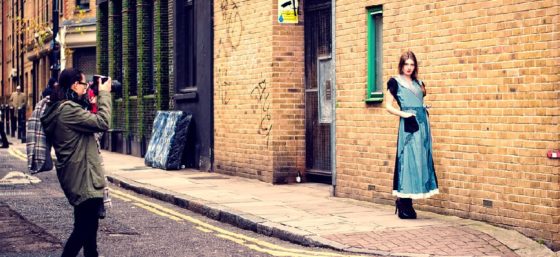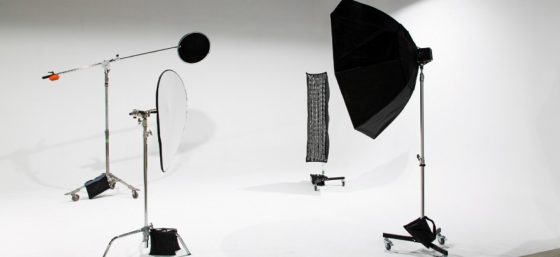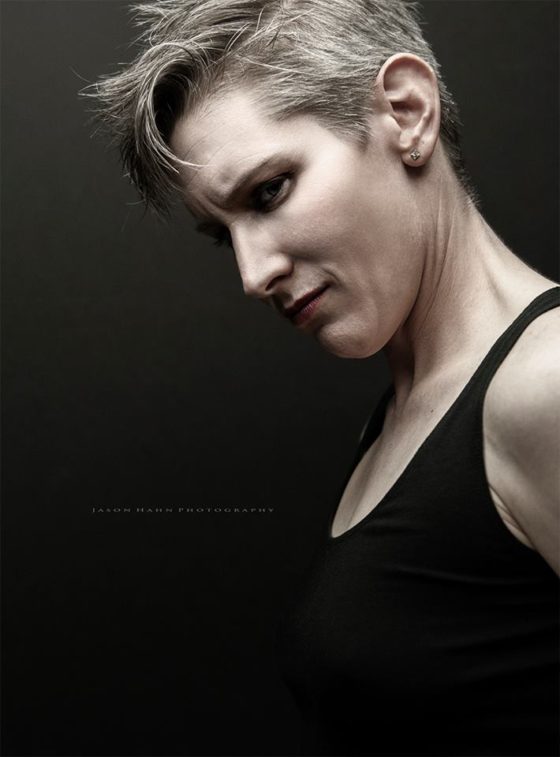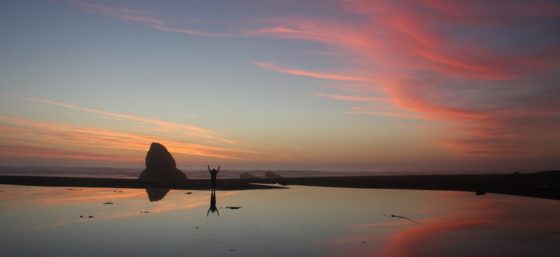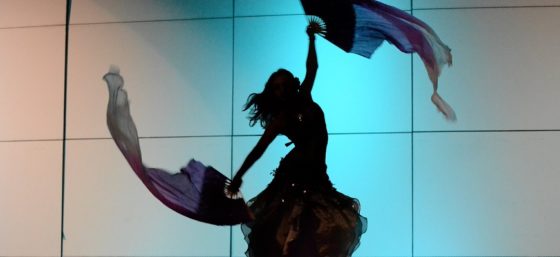
Sometimes photographers, like all service providers, want to provide a discount for their services. Perhaps it’s for a friend, someone you’ve always wanted to work with, or an organization you know can’t afford you and you want to help.
Nothing Wrong with a Discount
There is nothing wrong with offering a discount for your photography services, whether it’s a special one-off or a promotion that’s available to any client.
The challenge is you don’t want to cheapen the perceived value you provide. When a person buys an item at a cheap price, they may have lower expectations about it and will perceive it as less valuable than a similar product that performs the same function but costs twice as much. You don’t want your clients to discount the value you’re giving them, even when they get it at a discounted price.
Have you noticed that it’s often the clients who are getting the biggest discounts who complain the most? I made that mistake once. I quoted someone an exceptionally low flat fee to do their contract because I thought it would be an easy project. The nitpicked so much and requested so many changes, that by the time it was done, the amount I made per hour of work was laughable. (This was also the client who taught me to put a cap on the number of edits I’d do on a flat fee project. If they wanted more edits after that, they had to pay hourly.)
Always Show a Photography Client your Value
Even when you give a client a discount, always include your standard price and then the discount. Being a professional photographer is two jobs in one – you’re an artist and an entrepreneur. The entrepreneur’s job includes educating clients and prospects what you are worth. Photography clients are not just paying for your time, but also your talents. Remind them about the value you bring to the table, regardless of what they’re paying.
This tactic is not offensive. You see this when you buy things online. The website always starts by posting the price and tells you how much of a discount they’re giving you and the price you’re getting.
How to Write an Invoice or Contract with a Discount
This is how I’d write an invoice or payment section of a photography contract that includes a discount:
Sitting Fee: $200.00
I-Like-You Discount: -$75.00
Total Sitting Fee: $125.00
You get to choose what you’re going to call your discounts. I encourage my clients to be creative and include their personality in their contracts, but you have to decide what works for you.
Lights Camera LawsuitTM
There’s always a need for quality legal information for photographers. That’s why I created an online course called Lights Camera Lawsuit: The Legal Side of Professional Photography to address photographers’ most important questions. I want you to feel secure in your business, confident in the way you operate day-to-day, knowing that you’ve set yourself up to get paid what your worth without incident.
At $497, the course contains nearly six hours of legal information you can immediately apply to your business. That’s less than what I charge for two hours of legal work for clients!
Please subscribe for more information and to make sure you don’t miss out on any special offers or discounts.
